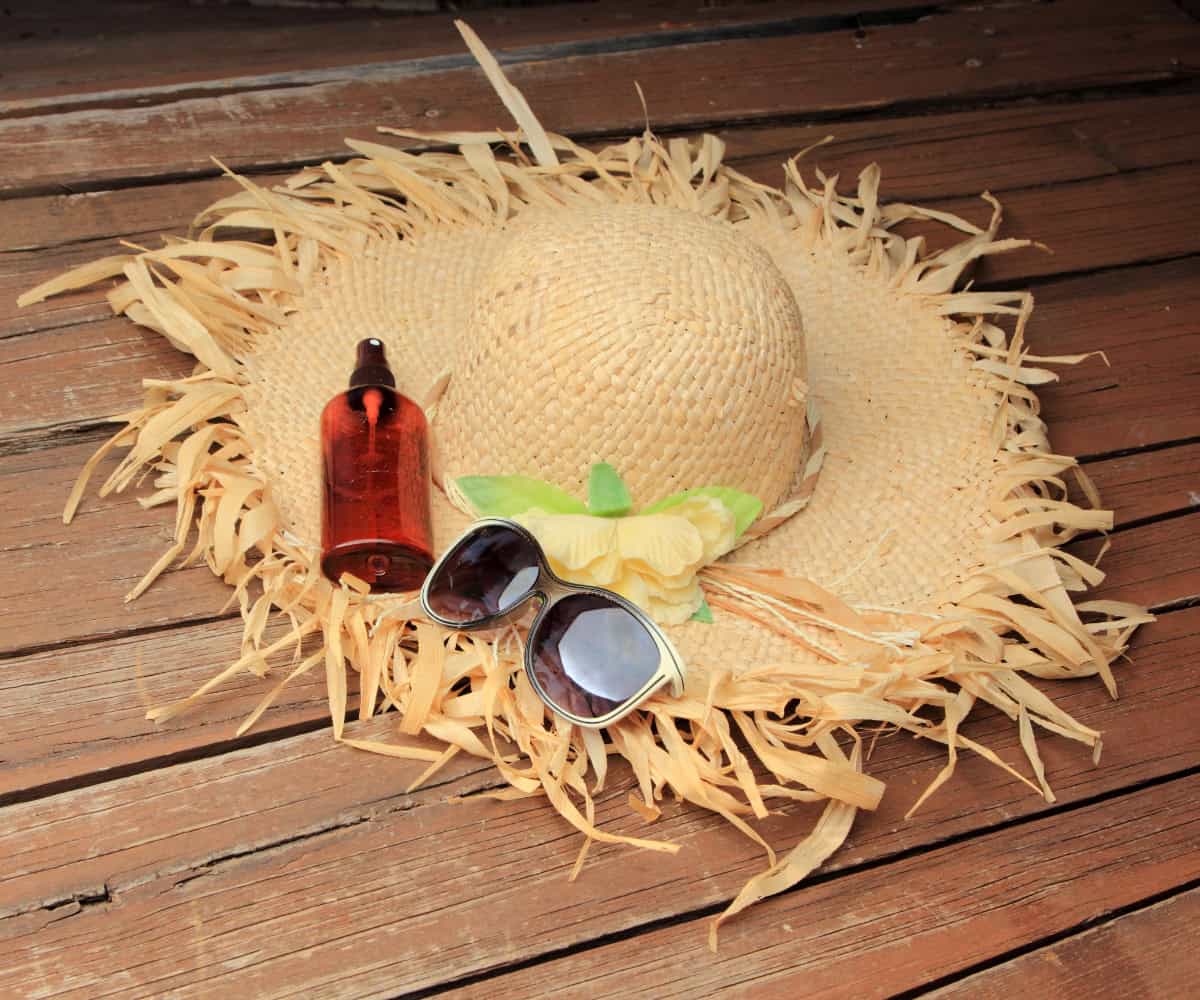Summer is upon us and we need to think about how we can continue exercising outdoors without risking illness. Exercising in hot weather puts extra stress on our bodies. We need to consider the air temperature and humidity as well as the exercise we choose on a daily basis to avoid raising our core body temperature to excess. Regardless of the activity, if you exercise outdoors in hot weather, you will want to take precautions to prevent heatrelated illnesses. Here are some smart strategies to stay safe and comfortable in the heat that apply generally not just for exercising.
Watch the Weather Forecasts and Time your Outdoor Activities
Pay attention to weather forecasts and heat alerts. Know what the temperature is expected to be for the duration of your planned outdoor activity. Avoid exercising outdoors during the hottest part of the day (usually between noon and 3 p.m.). Early mornings or late evenings are cooler and a better option.
Get Acclimated to the Heat
If you’re used to exercising indoors or in cooler weather, take it easy at first when you exercise in the heat. Reduce your exercise intensity and take frequent breaks. It can take at least one to two weeks to adapt to the heat. As your body adapts over time, gradually increase the length and intensity of your workouts.
Choose More Heat-Friendly Forms of Exercise
Try sports that your body can handle a bit easier in the heat. Swimming is a great choice on hot days and a good way to manage heat in general. Yoga is also a good alternative because it’s beneficial from a fitness standpoint but doesn’t take as much energy as running or bike riding.
Hydrate…Hydrate…Hydrate
Dehydration is a key factor in heat illness. Help your body sweat and cool down by staying well-hydrated with water. Drink before, during, and after a workout even if you don’t feel thirsty. Avoid drinks with excessive sugar and alcohol because they promote fluid loss.
Dress Appropriately
Lightweight, loose-fitting, light-colored clothing helps sweat evaporate and keeps you cooler. Avoid dark colors that can absorb heat. Moisture-wicking fabrics can also help keep you cool.
Protect yourself from the Sun
Shield yourself from the sun with sunglasses, a hat or visor, and sweat-resistant sunscreen.
Don’t Eat Right Before or After a Workout
Digesting food takes blood and energy and that makes more body heat. If you eat a light meal, put an hour between eating and your workout. If you have a heavy meal like a cheeseburger, wait two to three hours before heading out since the fat and protein in the rich meal will take longer to move through the digestive process. Always hydrate after exercise, but wait until you’ve cooled off to eat since digesting food will delay getting your body back to its usual temperature.
Most Important: Listen to Your Body
Listen to what your body is telling you – to ease up, rest, or cool down – because it might be different at different times of the day or season. Don’t ignore any signs of heat-related illness which may include muscle cramps, nausea or vomiting, fainting, dizziness, headache, excessive sweating, low blood pressure and vision problems. Stop exercising immediately and get out of the heat. To lower your body temperature, hydrate right away. Try placing cool, wet towels or ice packs on your neck, foreheat and under your arms; spray yourself with water from a hose or shower; or sit in a tub filled with cold water.
Get in touch with a 1st Choice Physical Therapist for a personal exercise plan to improve your range of motion, stability, strength, balance or mobility. If you’re concerned about the heat or humidity, stay indoors. Work out at the gym, walk laps inside a mall or big box store, or climb stairs inside an airconditioned building. Stay safe and enjoy summer outdoor activities!

